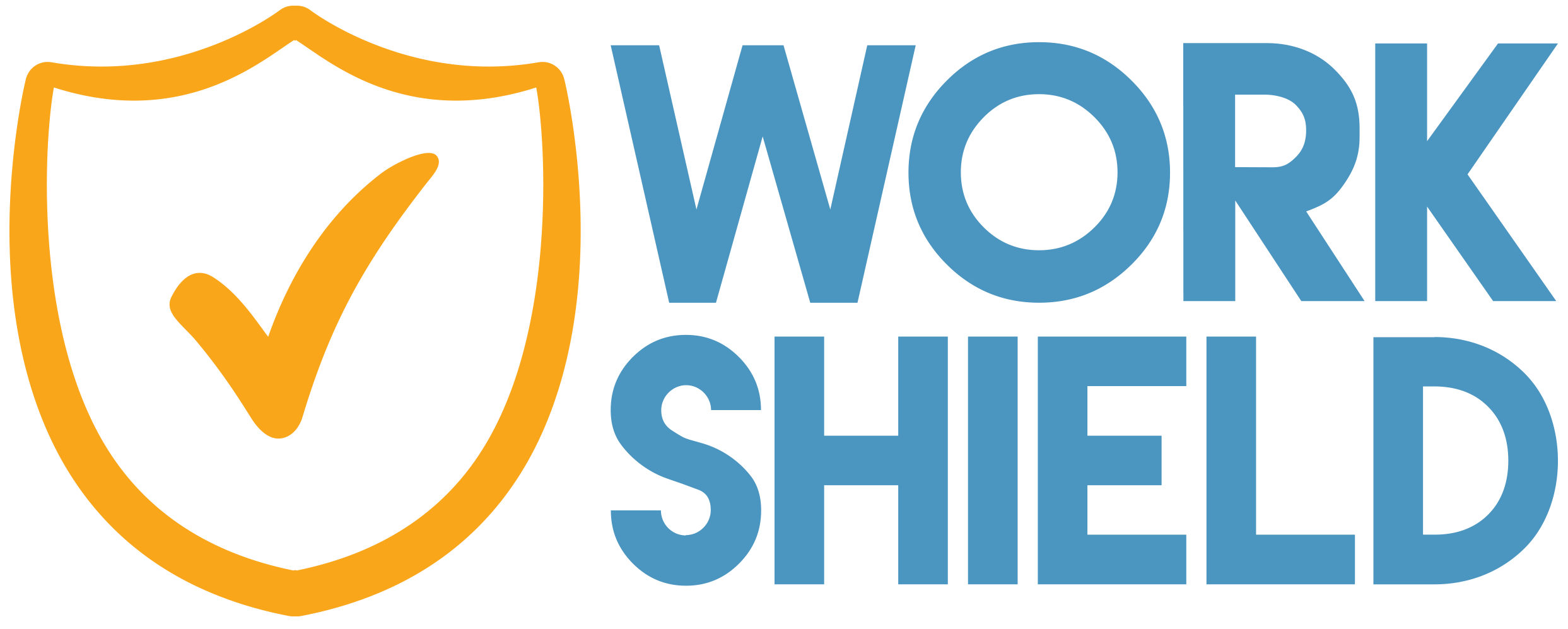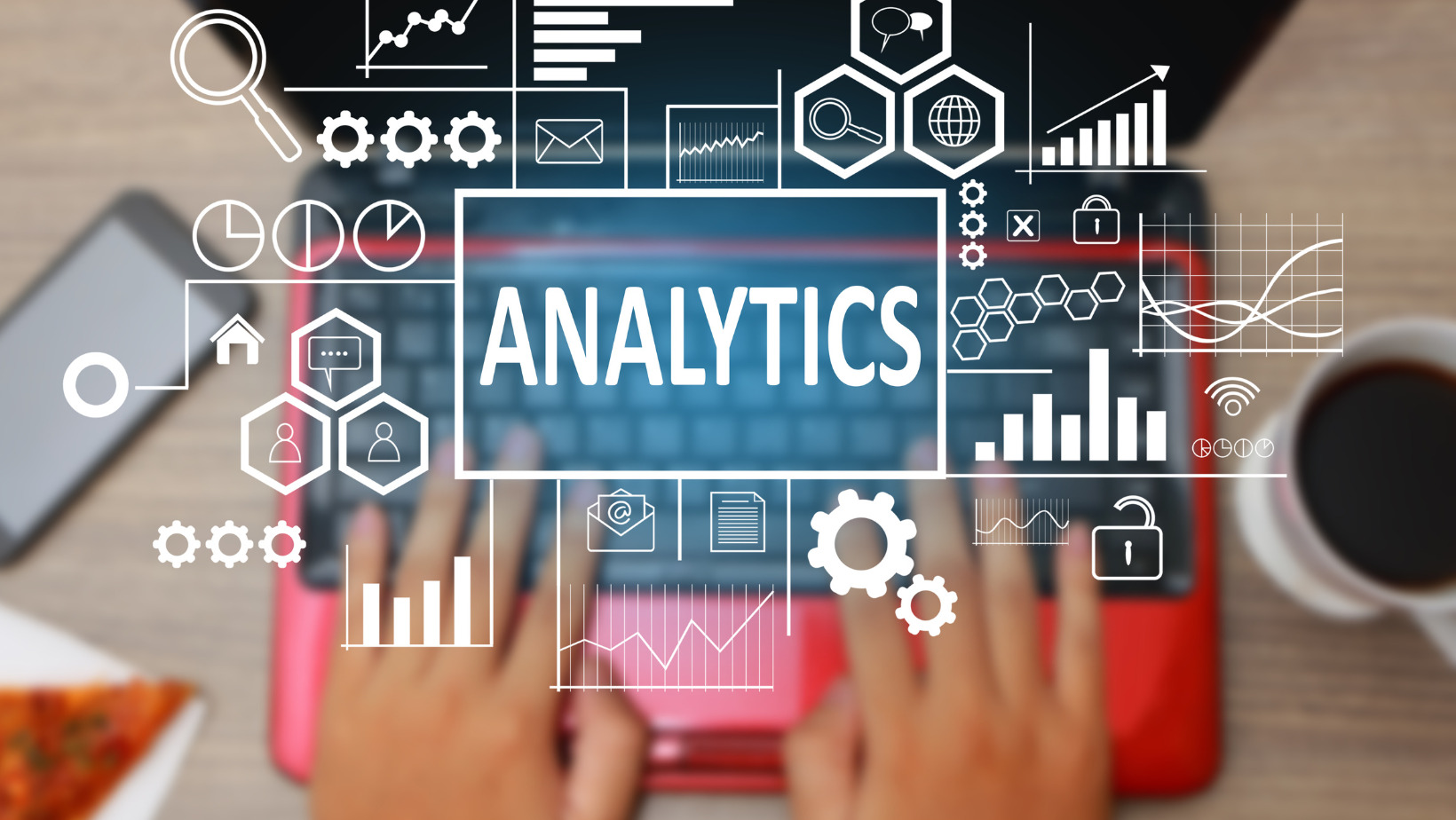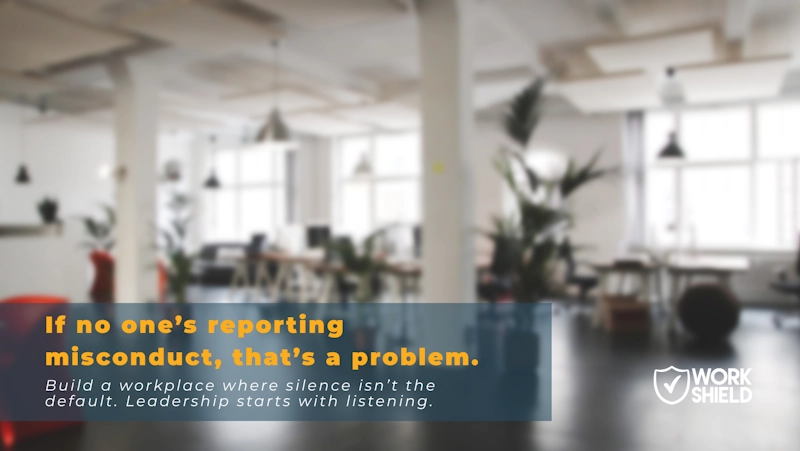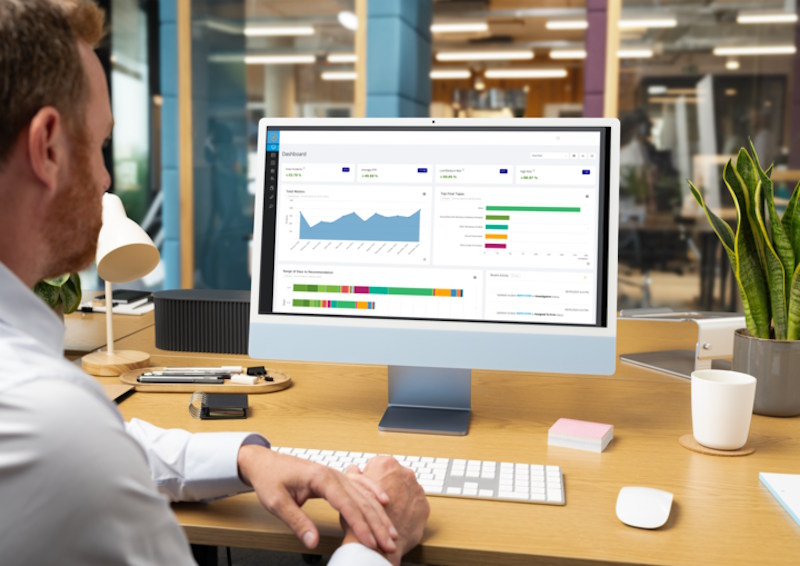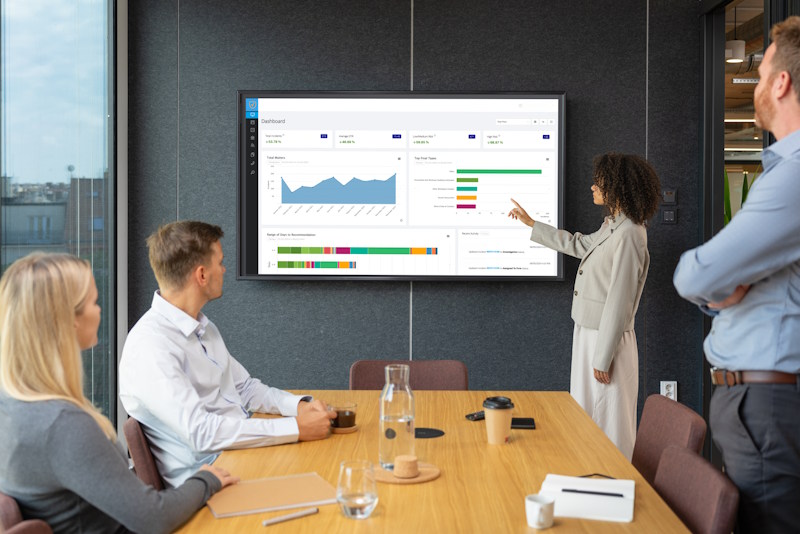Organizations utilizing analytics are 58% more likely to beat their revenue goals and improve overall performance. It’s no surprise then that people analytics can significantly optimize business performance and decision making by improving employers’ understanding of their cultural health and providing an inside look at the prevalence of workplace misconduct within their organization.
However, accessing people analytics and understanding how to leverage them within an organization are two different objectives. According to a recent study from Sage, 94% of organization leaders acknowledged having access to people data. However, 62% of HR leaders shared they were unable to leverage people analytics to identify trends or recommend actionable insights. This gap presents a missed opportunity for employers and employees to fully capitalize on the insights from people analytics and use those learnings to implement organizational change.
In order to benefit from people analytics, employers must understand what they are; tools that can help them analyze and identify insights, and how to implement learnings from those insights within the organization.
What are people analytics?
According to SHRM, people analytics is the “practice of collecting and analyzing employee (or applicant) data to understand, improve and optimize business outcomes.” Although a newer human resources term, a recent study from Deloitte found that 71% of organizations see people analytics as a high priority, recognizing the correlation between people and business outcomes. By having happy and productive employees, organizations can experience positive business results.
While people analytics can track traditional workplace metrics, such as employee retention, growth, and performance, they also can identify trouble spots within an organization by tracking misconduct, such as harassment, discrimination, or bullying. People analytics can not only showcase the prevalence of an issue within an organization, but also uncover trends related to the issue, which can shed light on the cultural health of an organization. For example, do certain types of misconduct occur at the organization more often than others? Or are misconduct incidents isolated to one particular location or team? People analytics can help organizations identify insights like these and then make data driven decisions on how to effectively allocate resources and drive positive business outcomes.
How can organizations track people analytics?
Real-time visibility to misconduct-related people analytics requires a full-service incident management solution with a platform that effectively manages the entire incident reporting process from evaluation to resolution, capturing all relevant data in the process. This not only ensures that organizations have the most updated information and data regarding the cultural health of their organization, but also that their employees have resources to report workplace misconduct incidents and ensure resolution occurs.
As an industry leader, Work Shield’s incident management platform provides organizations with real-time access to people analytics via Work Shield’s client dashboard. Through Work Shield, employers can see a holistic summary of their cultural health with the ability to drill down further for a deeper understanding of incident trends in their organization. In addition to serving as a safe and secure avenue for employees to report workplace misconduct, Work Shield’s platform helps organizations to streamline operations, increase employee satisfaction, and prioritize a healthy workplace culture.
How can organizations implement key learnings from people analytics?
By identifying and evaluating trends in people analytics, organizations can streamline processes and make smarter decisions for the business. For an organization that is experiencing a high rate of a certain type of misconduct, like the sample mentioned above, people analytics can help leadership identify specific solutions, which could include specific training for that type of harassment, policy changes that directly address it and more. If the data uncovers locations or teams with higher rates of misconduct, organizations could provide custom training for management within those locations or teams, or consider restructuring those specific areas to prevent the issues from continuing.
Instead of implementing costly solutions across an entire organization that may or may not work, organizations can rely on data-backed insights to make smarter decisions and improve the cultural health of their organization in the process. Due to this, people analytics are vital to the future of the workplace for organizations of every size and in virtually every industry.
